 US Treasury says tokenization, stablecoins will reshape financial landscape but urges caution Gino Matos · 4 seconds ago · 2 min read
US Treasury says tokenization, stablecoins will reshape financial landscape but urges caution Gino Matos · 4 seconds ago · 2 min read
The adoption of tokenized treasuries could usher in innovations like atomic settlement, improving efficiency and reducing risks.

Cover art/illustration via CryptoSlate. Image includes combined content which may include AI-generated content.
The US Treasury Department said tokenization and stablecoins are emerging forces that could transform the Treasury market, emphasizing both the benefits of these innovations and the risks they carry, according to a recent report.
The report noted that as tokenization — the process of representing assets digitally on a blockchain — takes root, the Treasury market could see major advances in efficiency, expanded access for investors, and enhanced transparency.
However, it cautioned that stablecoins, now increasingly reliant on Treasuries for collateral, may pose significant risks if not closely regulated.
Tokenization
Tokenization is touted as a potential breakthrough for Treasury markets. It promises enhanced efficiency through atomic settlements, where transactions are clear in real time. This level of speed and reliability could eliminate many risks associated with delayed settlements, such as counterparty failures and financial backlogs.
The Treasury report suggested that tokenized Treasuries could be integral in establishing faster, more efficient settlements, a feature particularly valuable in times of market volatility.
Beyond efficiency, tokenization could help democratize access to Treasuries by enabling fractional ownership. This would allow retail investors with limited capital, as well as international participants, to own portions of Treasury bonds, typically an area dominated by large institutional investors.
According to the report, fractionalization could deepen the investor base and contribute to market stability through diversified demand. This aligns with broader Treasury goals of fostering a more inclusive financial system and expanding its reach without compromising integrity.
Stablecoins and associated risks
While tokenization promises efficiency, stablecoins bring liquidity and accessibility to Treasury-backed digital assets. Stablecoins, digital tokens pegged to a stable asset like the US dollar, have increasingly turned to Treasuries for collateral.
The report noted that the shift has driven demand for Treasury securities, adding liquidity to the market. However, it warned that stablecoins, particularly those operating with limited regulatory oversight, pose a unique set of challenges.
According to the report, the key concern involves the “de-pegging” risks stablecoins face, where fluctuations in the crypto market can cause stablecoins to temporarily lose their dollar peg. Historical examples, including the TerraUSD collapse and Tether’s occasional peg losses, highlight the potential instability of stablecoin markets.
If a stablecoin were to experience a sharp sell-off, it could trigger a rapid liquidation of Treasuries, potentially causing “fire sales” and disrupting the broader Treasury market at critical times.
The report recommends regulating stablecoins akin to narrow banks or money market funds, ensuring they maintain robust collateral, predominantly in short-term Treasuries, to avoid liquidity strains. Without stringent regulation, stablecoins could become a destabilizing force in the Treasury market, especially if investor sentiment shifts suddenly and prompts mass redemptions.






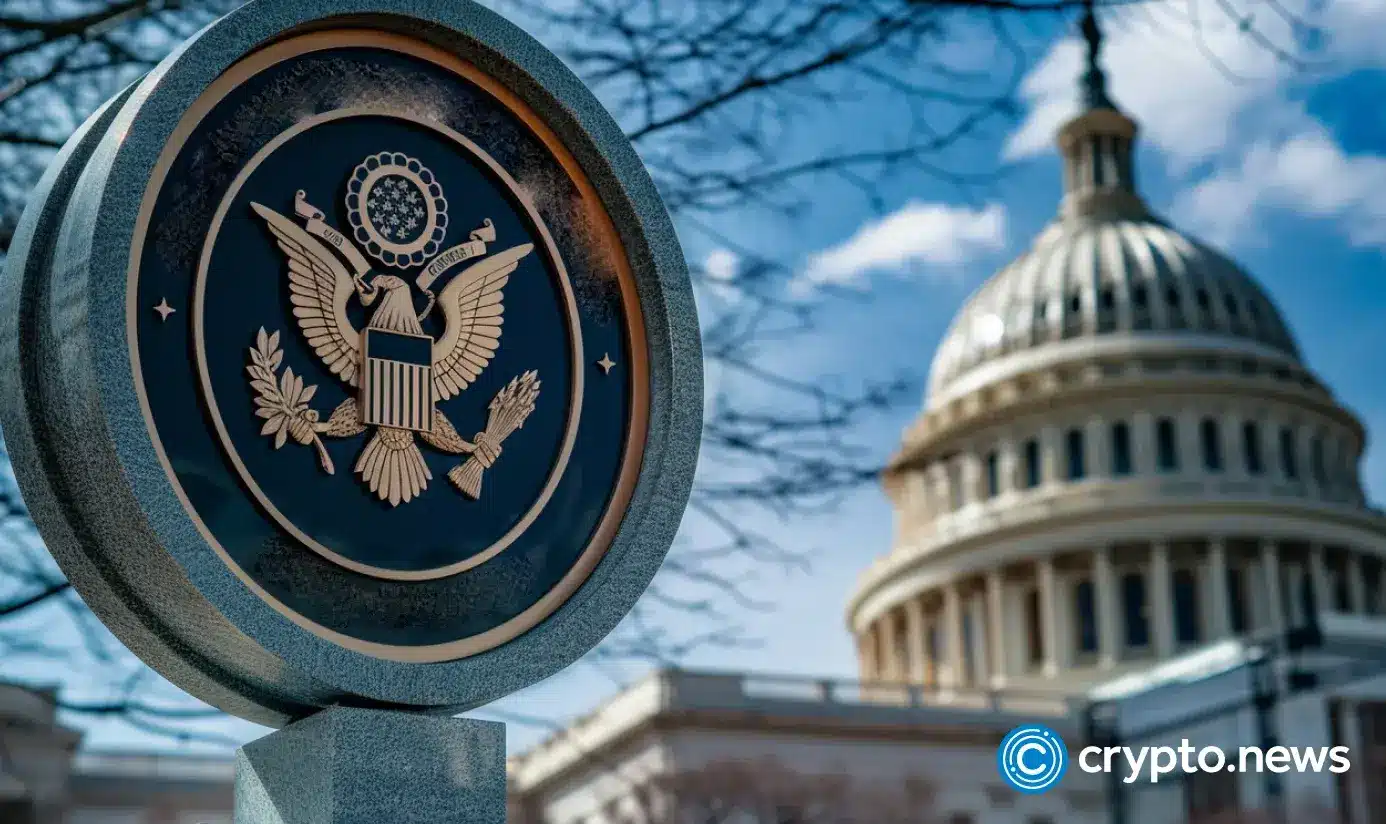

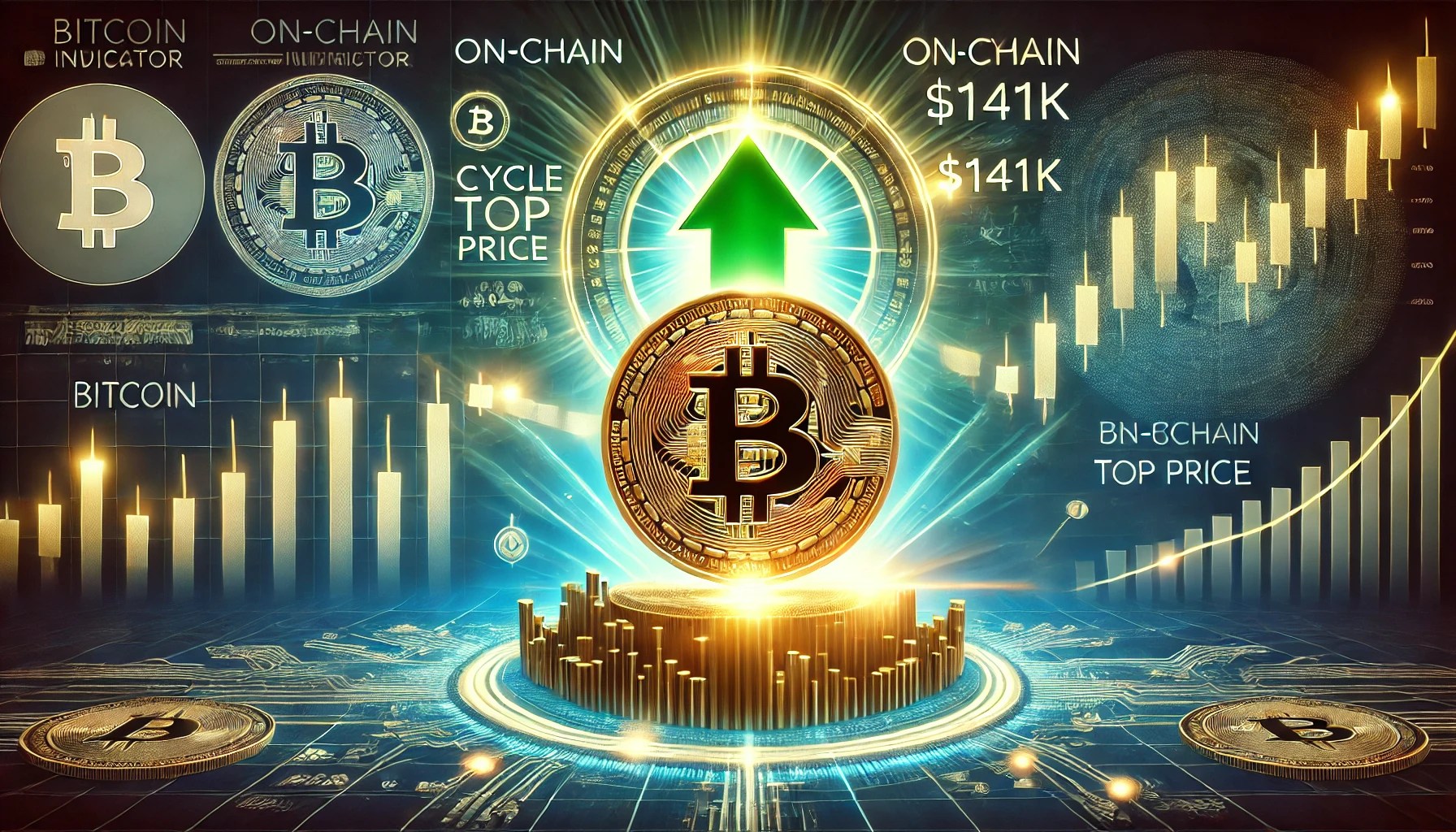

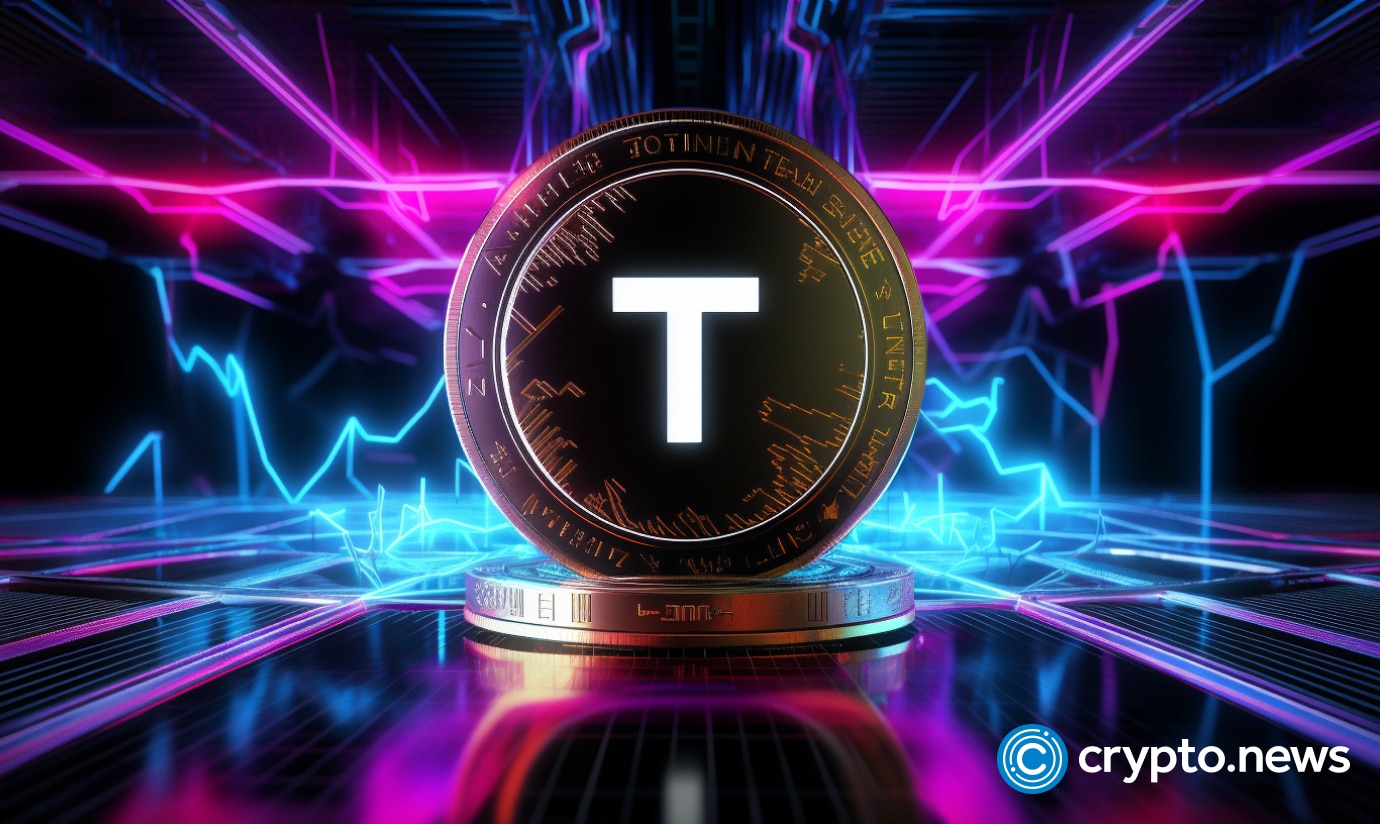
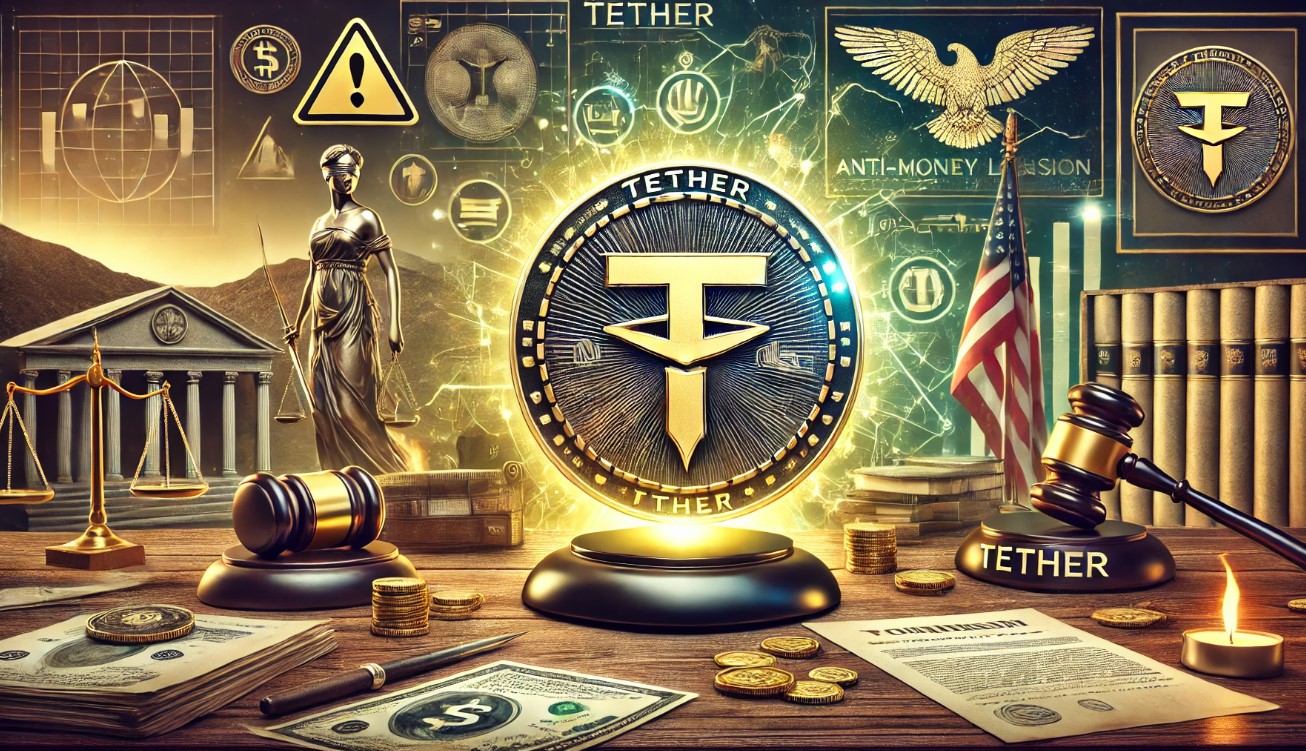






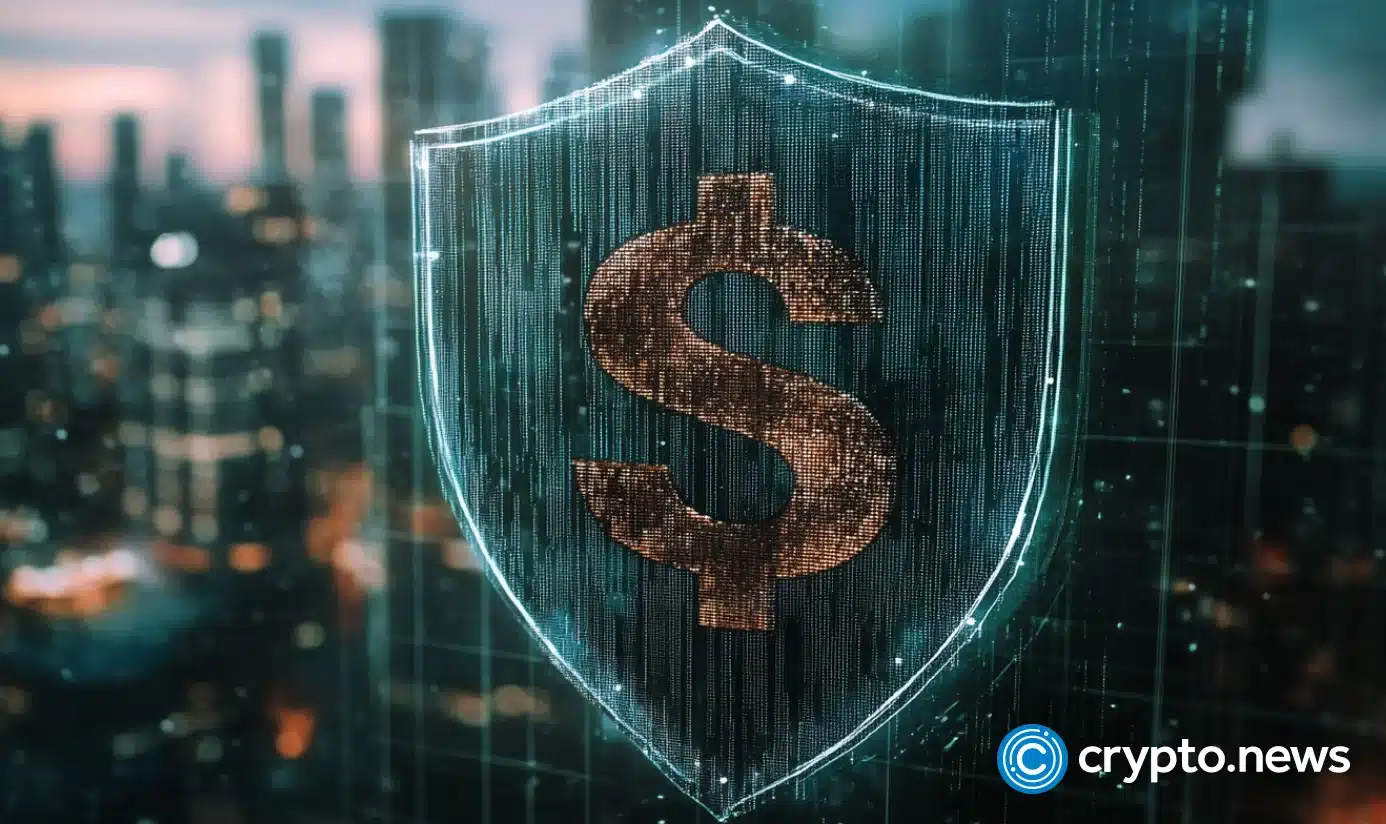
 English (US) ·
English (US) ·